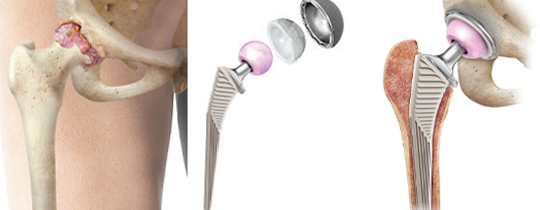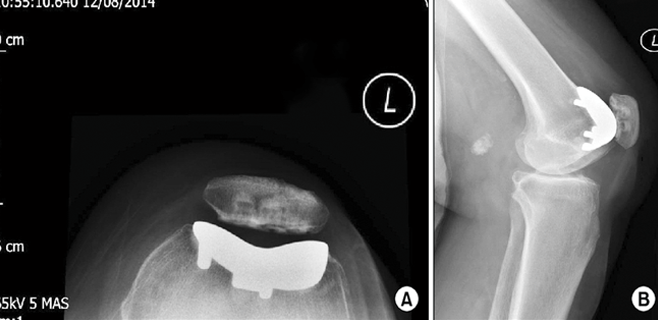
Total Hip Replacement
You might think about having a hip replacement if prescription drugs, adjustments to your daily routine, and the usage of walking supports are insufficient to relieve your symptoms. Surgery to replace your hip can relieve your pain, increase your range of motion, and let you to resume your regular daily activities. It is a safe and successful technique.
Total Knee Replacement
During knee replacement surgery, damaged or worn-out knee joint components are replaced. The procedure may improve the knee’s functionality and reduce pain. Damaged bone and cartilage are replaced during surgery with plastic and metal components. A surgeon will evaluate your knee’s strength, stability, and range of motion to determine whether or not you should have a knee replacement. X-rays can assist determine the degree of damage.


Partial knee replacement
During knee replacement surgery, damaged or worn-out knee joint components are replaced. The procedure may improve the knee’s functionality and reduce pain. Damaged bone and cartilage are replaced during surgery with plastic and metal components. A surgeon will evaluate your knee’s strength, stability, and range of motion to determine whether or not you should have a knee replacement. X-rays can assist determine the degree of damage.
Avon Patellofemoral joint Knee replacement
The Avon patellofemoral joint arthroplasty is a non-sided onlay design that removes the patella’s damaged chondral surface and degenerating anterior trochlea. To accomplish proper sizing of each component separately, there is no size restriction to match patella size to trochlea component.


ACL reconstruction
Anterior cruciate ligament (ACL) reconstruction surgery is performed to replace a torn ACL, a significant knee ligament. Sports with abrupt pauses and changes in direction, such soccer, football, basketball, and volleyball, are the ones where ACL injuries most frequently happen.
Meniscal repairs
Meniscus repair: The doctor rejoins damaged cartilage fragments so that they can mend naturally. Less than 10% of tears can truly be repaired due to tear type and blood supply. Trimming and removing only the diseased cartilage, leaving the healthy meniscus tissue in tact, is known as a partial meniscectomy.


High Tibial Osteotomy
Medial knee arthrosis is commonly treated with a high tibial osteotomy (HTO). Published studies on HTO often reveal positive long-term outcomes with the right patient selection and an exact surgical approach. A patient between the ages of 60 and 65 who has isolated medial osteoarthritis, excellent range of motion, and no ligamentous instability is a good candidate for an HTO.
Distal Femoral Osteotomy around the knee
A surgical procedure called an osteotomy involves cutting bone. Just above the knee joint, on the femur (thighbone), is the distal femur. To improve knee alignment, which can result in excessive loading and degeneration of one side of the knee joint, a distal femoral osteotomy is performed.

